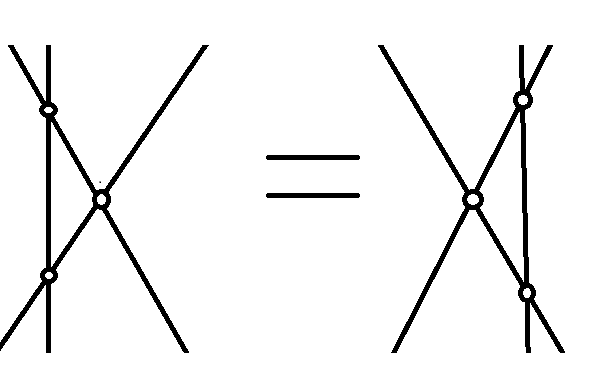First of all, there is no generally accepted definition for the notion "quantum integrability". It is used in different, though closely related, contexts and with definitions that are most appropriate for the case at hand. In analogy with the classical mechanical case the underlying idea is that the model should admit so many 'compatible', i.e. commuting, and independent symmetries that it can be solved exactly, at least in principle.
The discrete context deals with statistical-physical models on 2(+0)d lattices or quantum spin chains in 1+1 dimension; note that it's really 2d that is special: don't forget about time in the quantum setting. Here quantum integrability is often taken to mean the presence of an underlying Yang-Baxter equation, which via the construction of transfer matrices lead to many symmetries.
The other context is that of (quantum) field theories in 1+1d. Here the YBE for the S-matrix expresses factorized scattering, which is a compatibility condition for the presence of many symmetries. I have tried to explain this in Section 5.2 of these notes, following a nice exposition of Witten. This time the relation between commuting independent symmetries (which one might call 'quantum integrability') and the YBE is more clearly associated with a no-go theorem. Indeed, loosely speaking, the presence of many spacetime symmetries of the S-matrix leads to a trivial (non-interacting) theory by Coleman-Mandula. In 2d the argument does not hold, but leads to factorized scattering instead.

